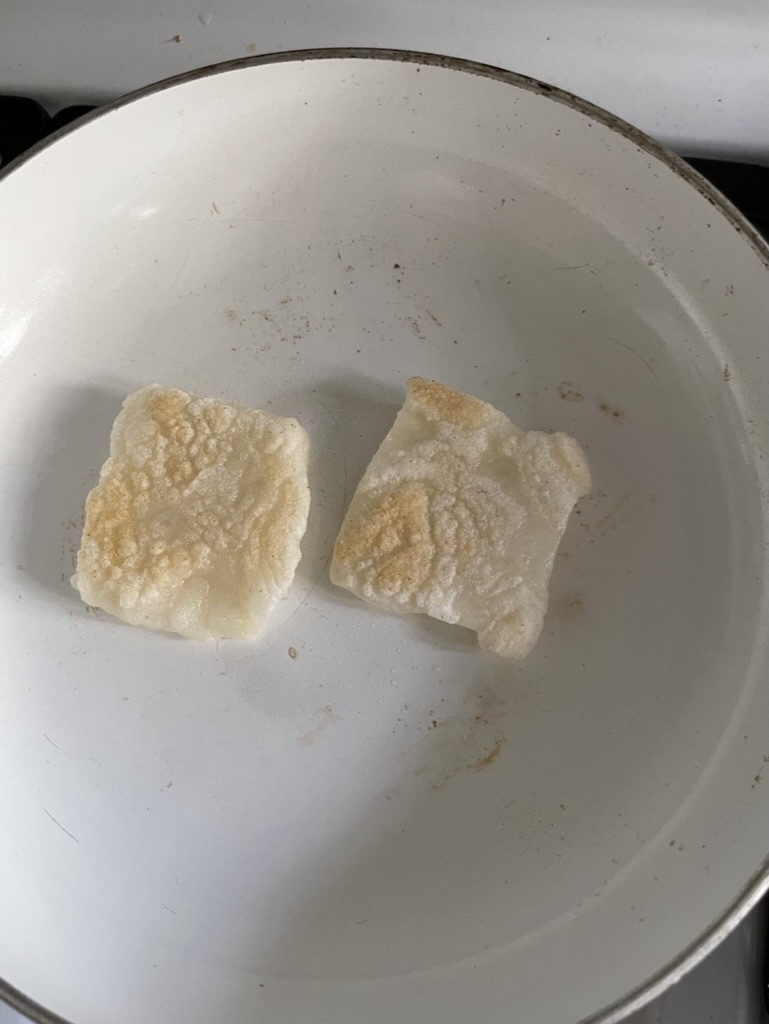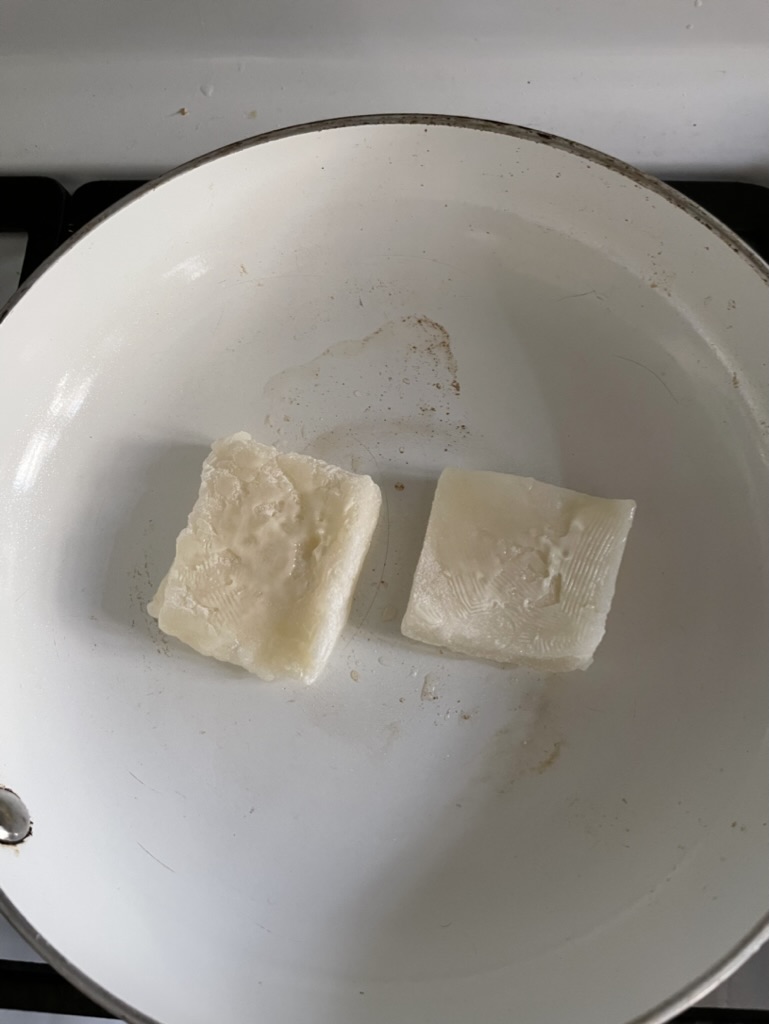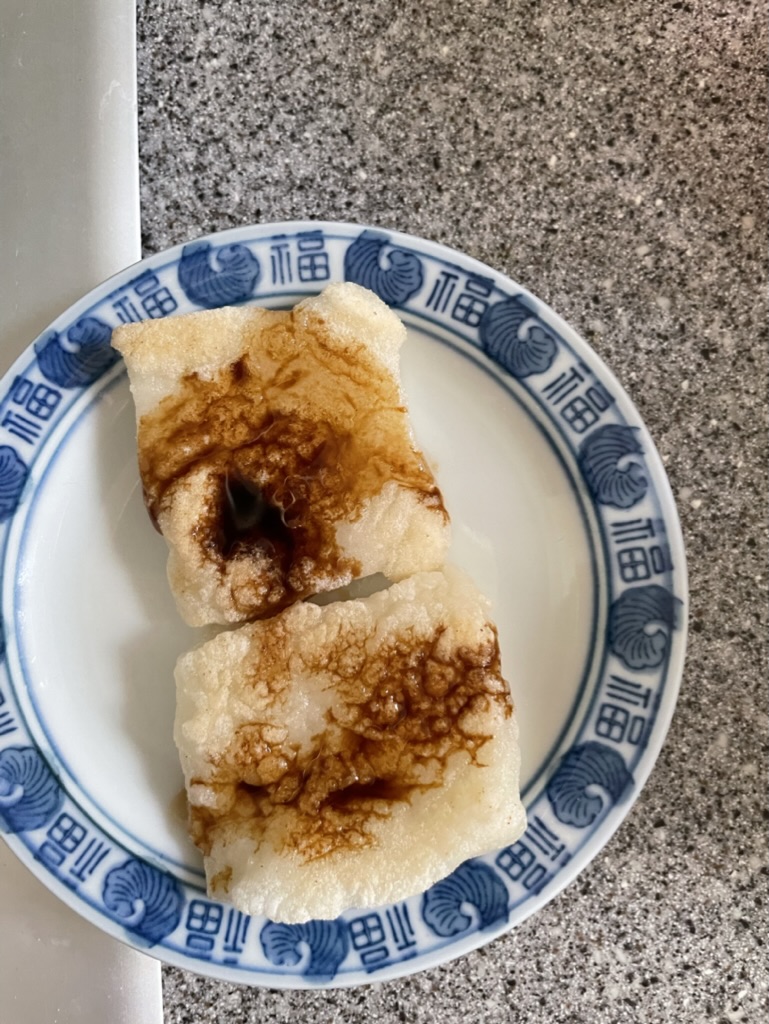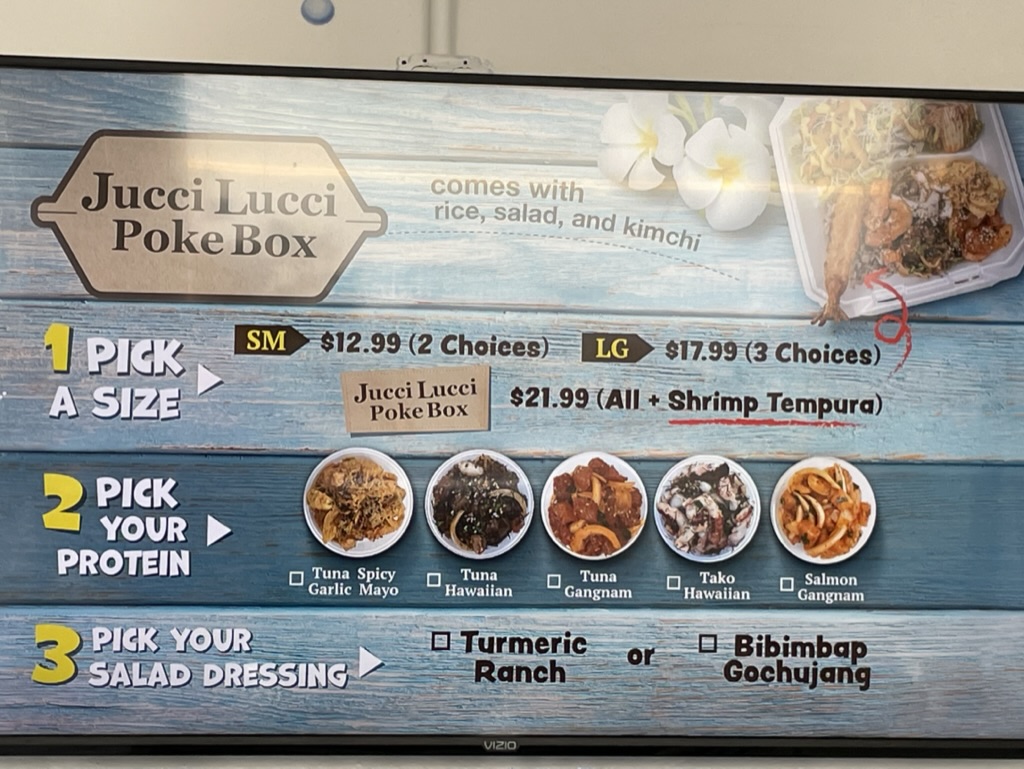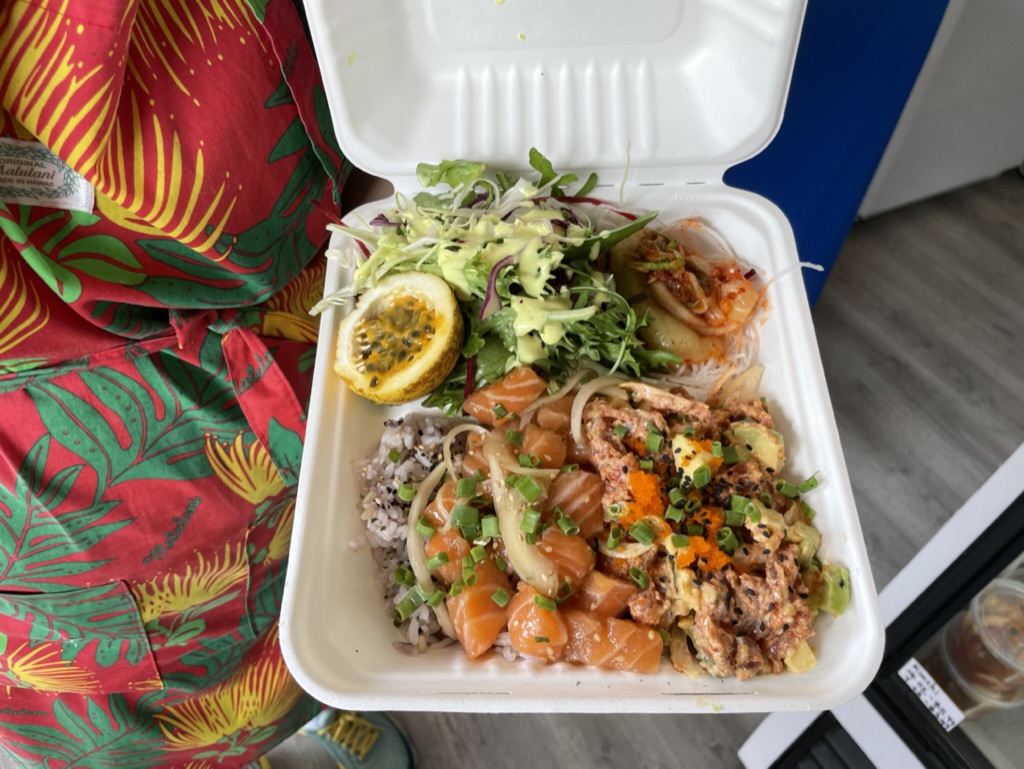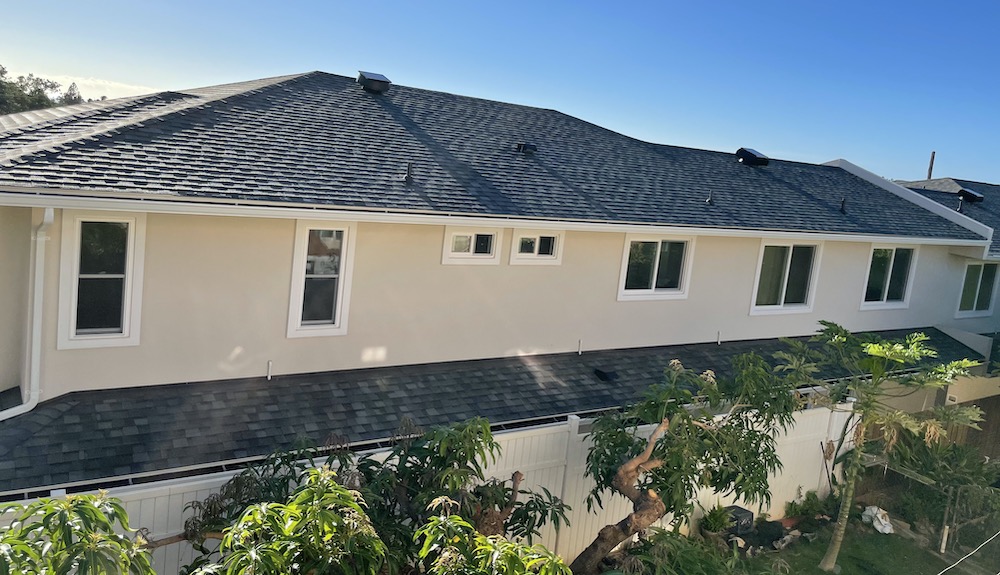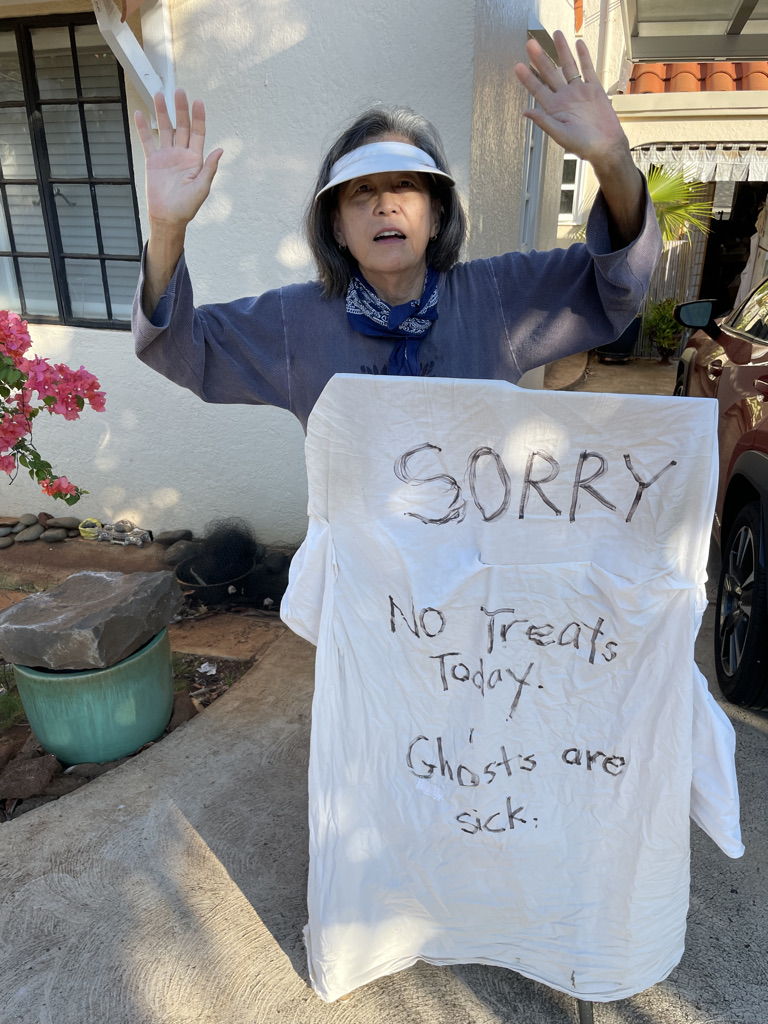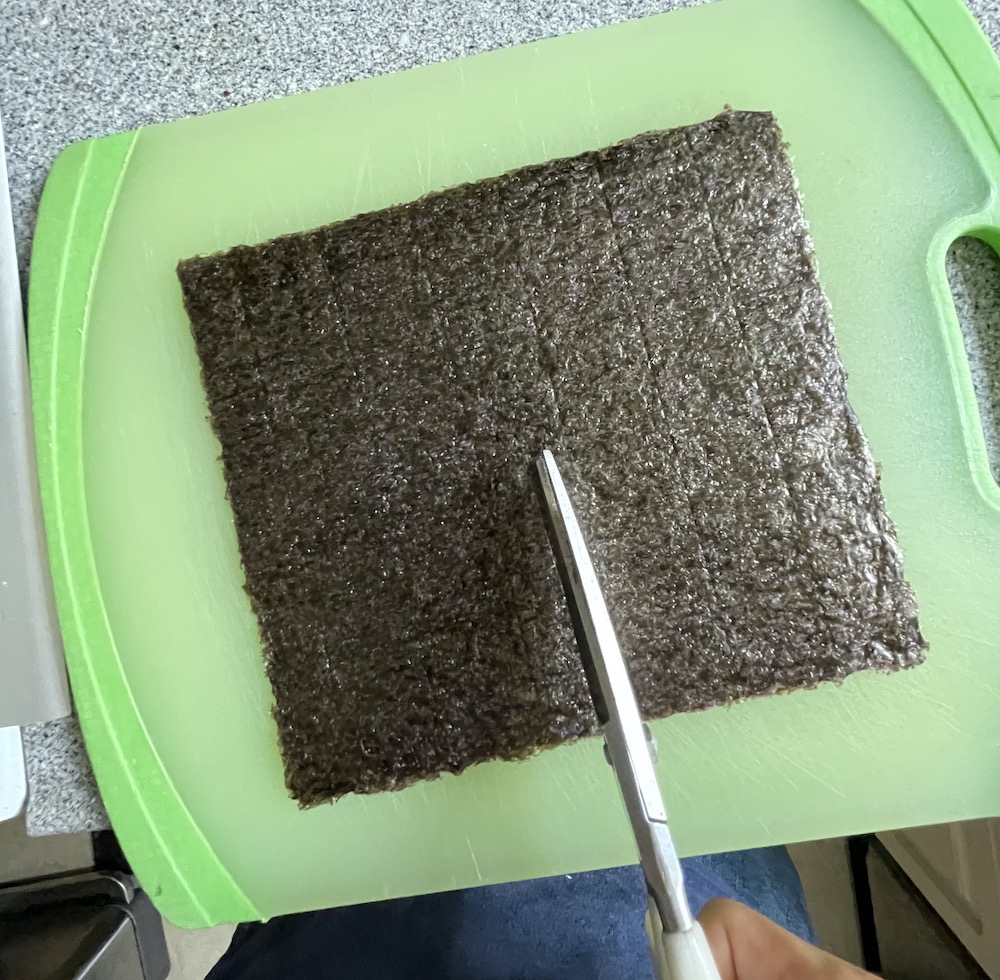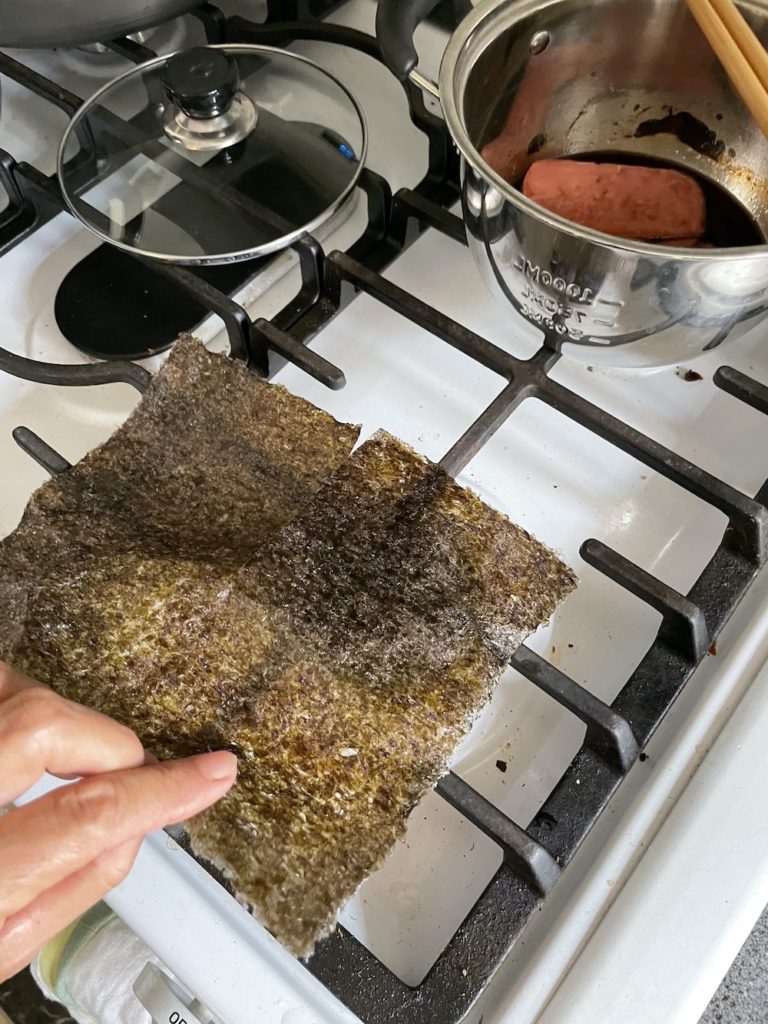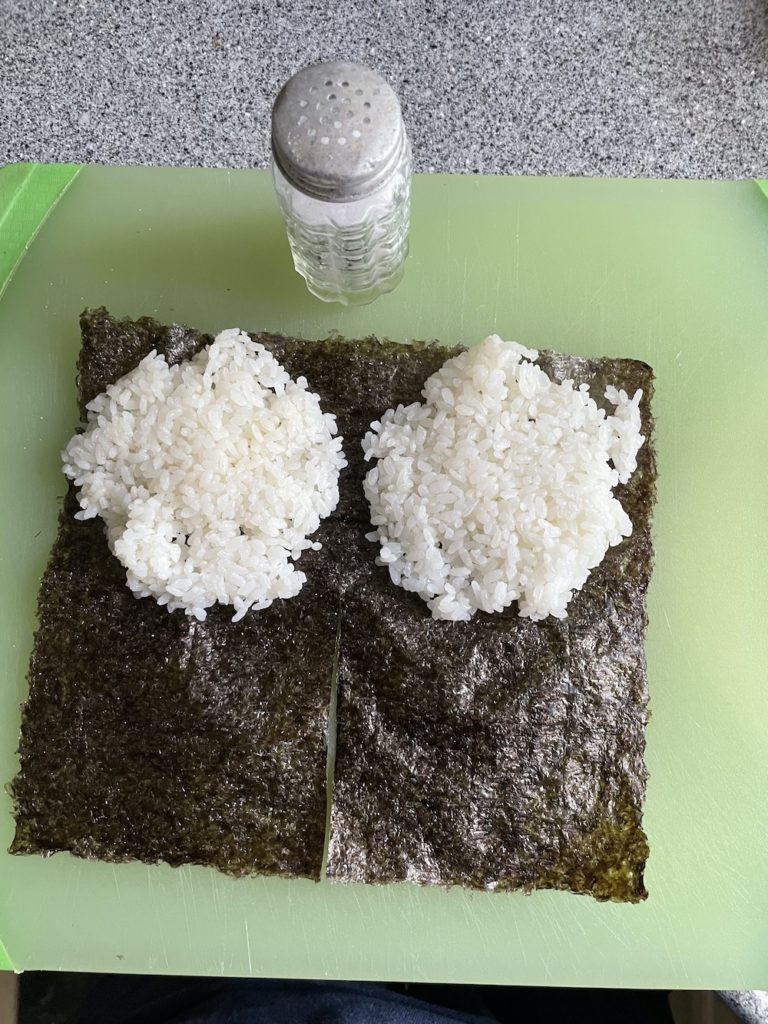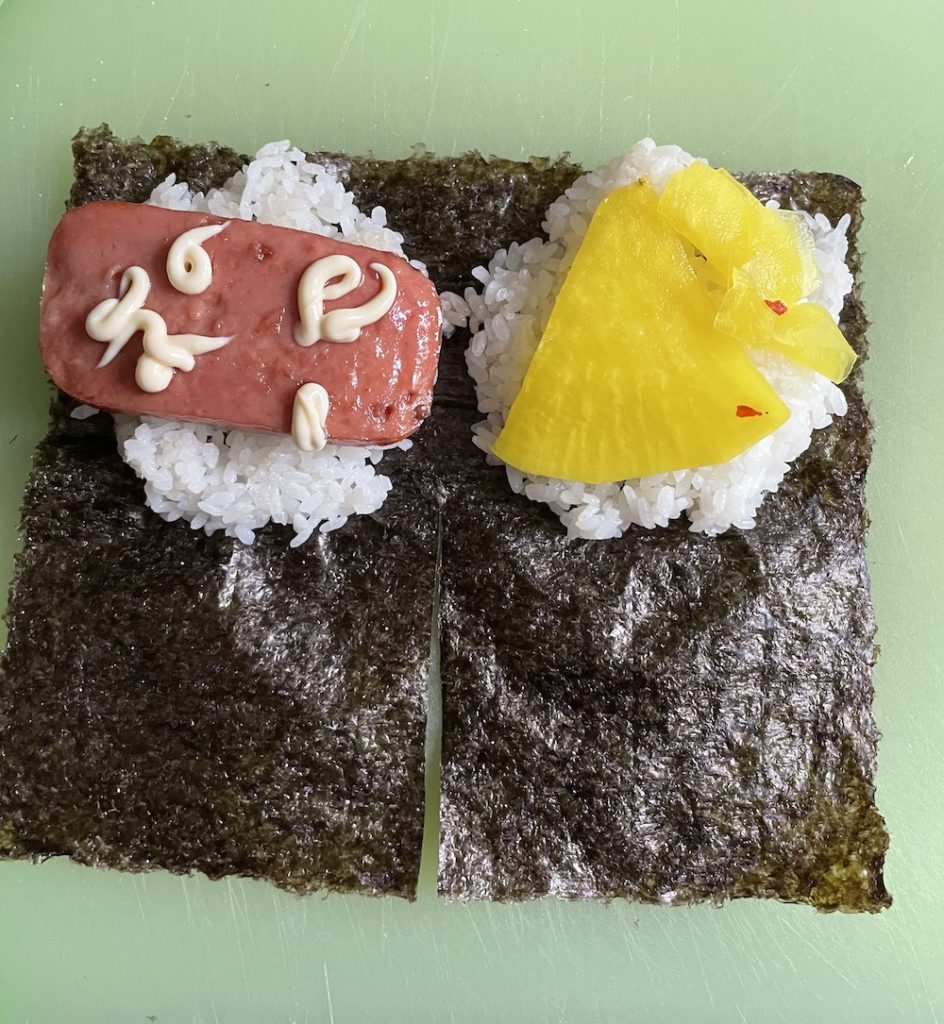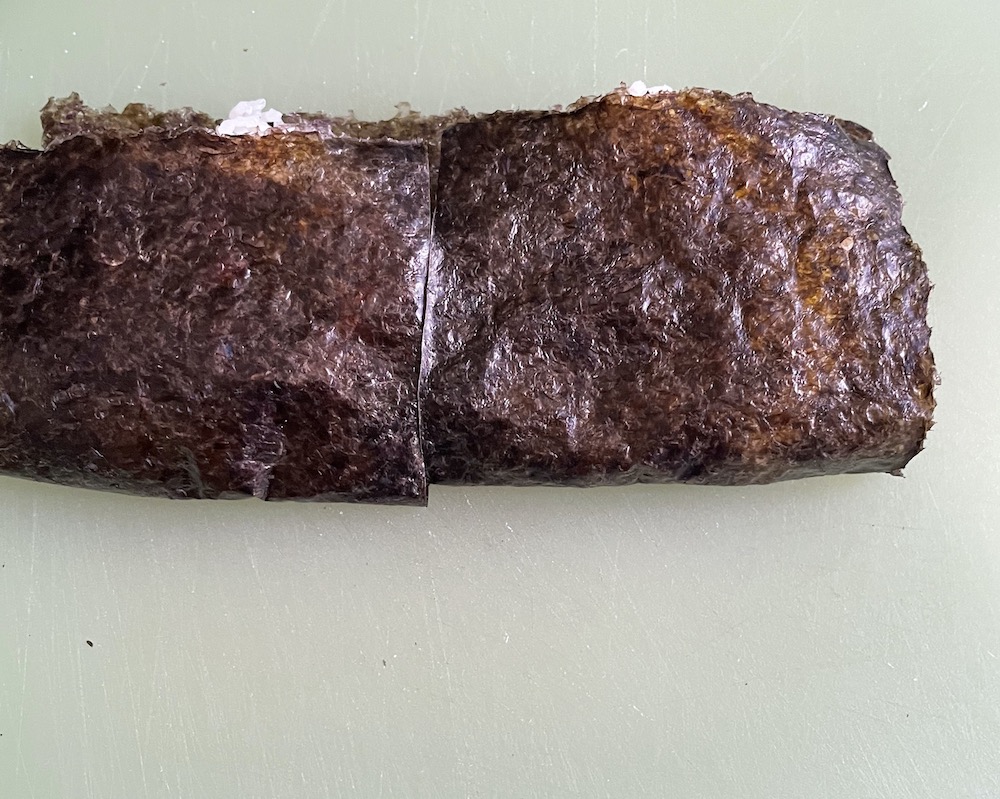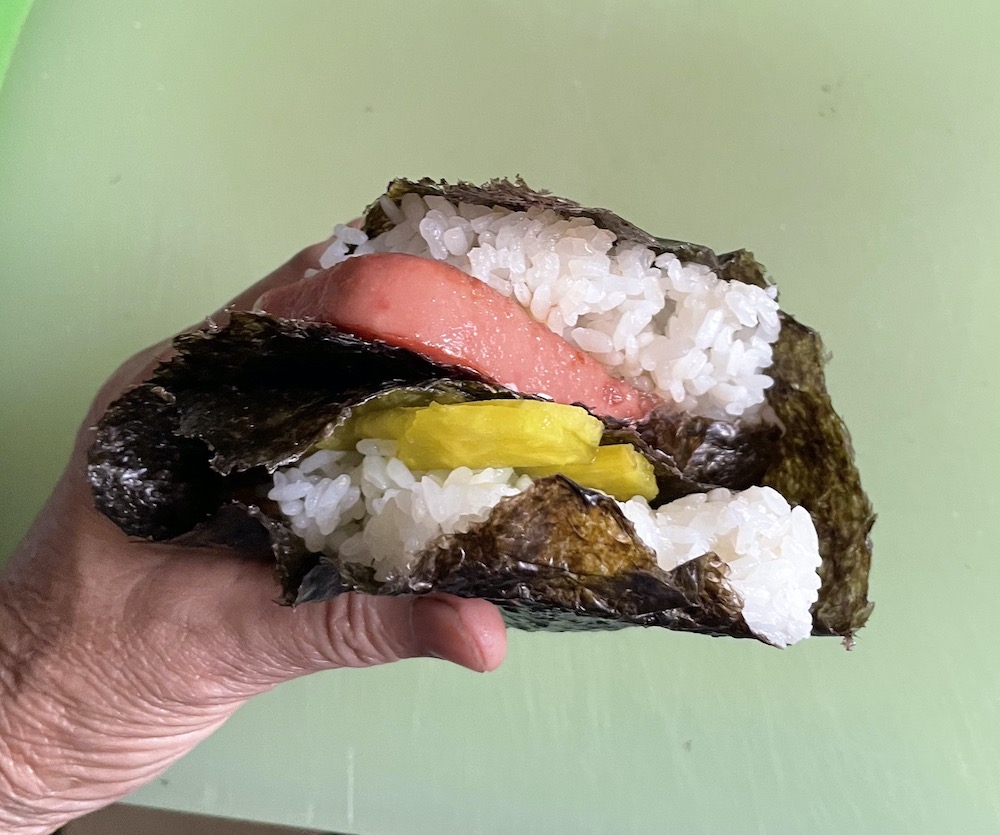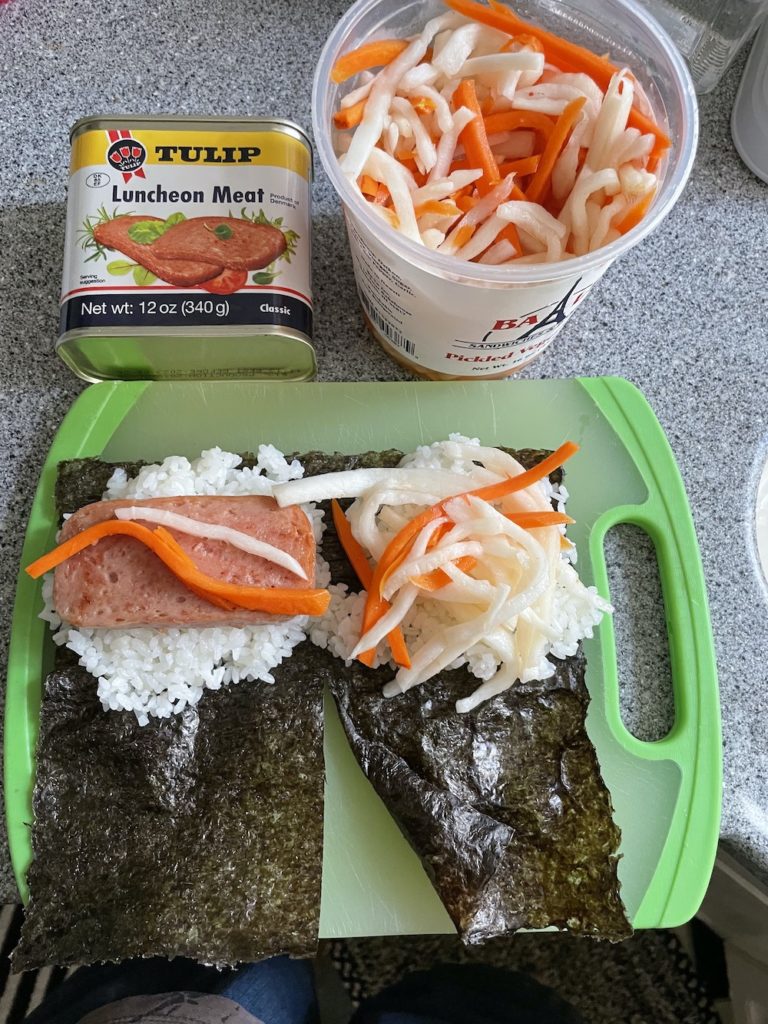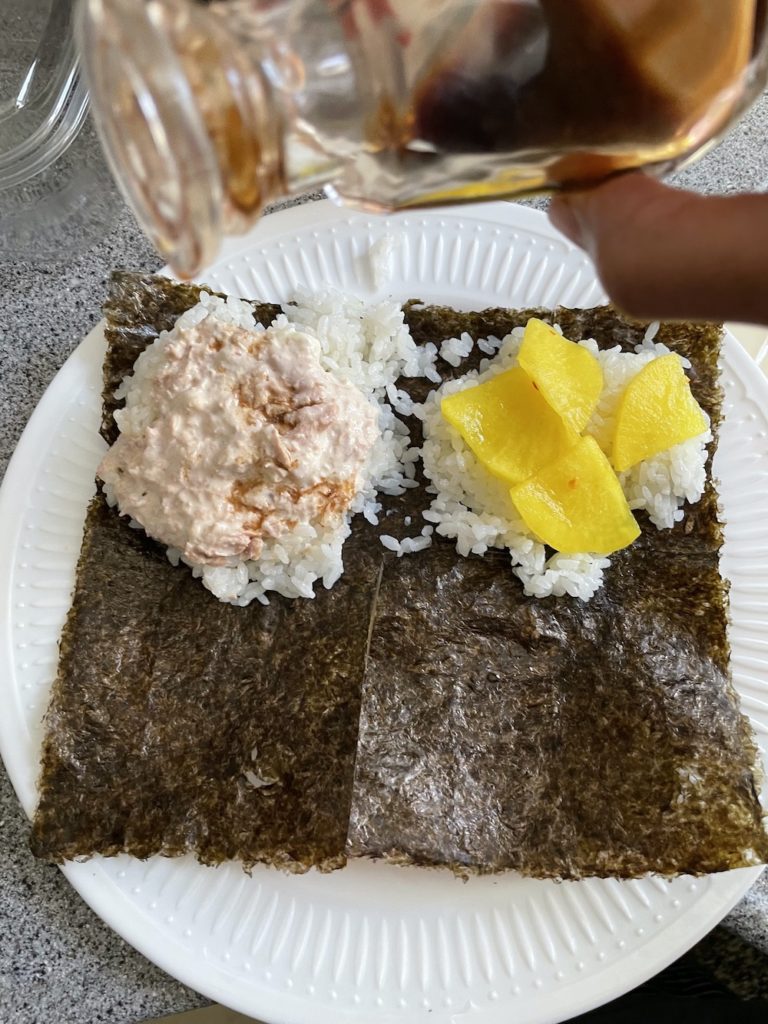I always fly on Hawaiian Airlines and just got back from Seattle, visiting my daughter and meeting my newest grandson who is getting cuter by the day.
However, this post is not about how cute he is (though he is really cute and strong and smart), but about my experience getting there. I had booked on Hawaiian Airlines back in October for a November visit but a terrible terrible cold made me change the trip dates to December instead. I used miles to upgrade to fly first class both ways. As a side note, the food is SO much better now that MW Restaurant chefs Wade and Michelle (return bound to Hawaii) as well as Mugen Waikiki chef Jason Yamaguchi (outbound from Hawaii) are the official executive chefs. SO SO SO much better than before.
But it was quite a harrowing experience before the flight began. 3 hours before my scheduled departure from HNL to SEA, I tried to do web check-in and was not able to. The message I received was to contact a gate agent or call the 1-800 number (always to the Philippines) they provided. I called and began speaking to a customer service representative who was very polite (they always are super polite) who very politely informed me that although she can see my first class seat (3c) is still in my name, my ticket number is invalid because when the date change was made, the ticket number was not changed to reflect the new December date. So, I asked her to update the ticket number and she said she could not and she kept putting me on hold as she spoke to someone in scheduling. Back and forth we and they went and then she said the first class section is now sold out and I could be placed in the economy section and my miles returned to me.
Not acceptable. I had 2 full bags to check in and a sewing machine to take as my carryon, all ready to go. Long story short, she suggested I could change my flight dates and pay $800 more the next week and write to Consumer Affairs to dispute the charge after the fact. I had frozen miso butterfish and dried ahi poke in my bags and I really needed to get to Seattle. The flight time was now only 1 1/2 hours away so we whisked into the car and went to the airport as this frustrating call kept frustrating me. Meanwhile, while checking on the website, seats were still available in first class but the agent on the phone kept telling me they weren’t able to accommodate me. I suggested changing my route to HNL to Maui to Seattle (which she hadn’t even considered), and was told that was possible and I would have to pay $280, so I said DO it. So that change process was begun but only after my credit card was charged.
Meanwhile, we get to the Hawaiian Airlines counter (thankfully I had my daughter and son-in-law’s help). The very nice local agent could have put me on the original flight BUT because I had started with the Philippines agent, I had to complete it with her. She also seemed to feel my frustration but could not do anything to help me except to get my bags tagged and bound for Kahului and then Seattle. I gave her 2 of my Manabu musubis, grateful for her smile and understanding.
I was on the phone with the Filipino agents for 1 hour and 40 minutes to remedy a situation caused by them, and charged for a change that I did not want. As a Murphy-like side note, my bags didn’t make it onto the Maui/Seattle flight until the next day, but thankfully the miso butterfish was still cold.
Hawaiian Air gave up on local phone support years ago and now all calls go to the Philippines. The only praise I have for them is that those agents are always polite and pleasant. Sometimes the local phone agents were gruff and short but they could see the whole picture and figure out how to fix problems right then and there. I miss them. Maybe they were a labor expense and Hawaiian Air wanted to save money but I miss them. And next time I will go to the airport and speak with a local agent instead of calling the Philippines and getting a polite runaround.
But that is not all…
Okay, sorry, but this is my post about our losing our localness, and I am on a roll.
I had banked with Bank of Hawaii for over 50 years. Our business, personal, and savings accounts were there and I loved how conveniently they were located in Kahala Mall, seeing the branch manager, customer service reps and tellers who all called me “Aunty”.
Two years ago, they knocked down the old glass round Kahala branch and now a brand new stone building houses the new Bank of Hawaii. We only have access to tellers behind glass (due to Covid) and appointments need to be made to see customer service reps for notary signings. The shiny new branch is quite beautiful but cold and impersonal, though tellers are still very nice.
So, since I am getting older, I want to streamline my life and make it easier to pay my mortgage. I decided to pay down my principal and do a refinance of our home. I usually use a top notch mortgage broker who shops and finds me the best rates, points, etc. but this time I decided to go with Bank of Hawaii even though their rates are not the best, but they are “my bank”. I still have w-2 income and I collect Social Security. The loan to value ration would be 20% or less. The advantage to me would be not paying $15/month for my Bankohana status if I have a BoH mortgage on auto payment to my BoH checking account. The loan officer was fantastic. Very smart, very nice, very professional, and we got along very well.
And guess what. Bank of Hawaii turned me down after a month of submitting tons of documents, proofs, letters of explanations, etc. 50 years of loyalty meant squat to them. I was not good enough to qualify to their standards, and it kinda hurt. (Meanwhile, I have been approved and am currently in escrow and securing a mortgage with my top notch mortgage broker at a better interest rate and nice low monthly payments.)
So, that’s my local rant about losing local. And when we lose local, we lose aloha. And that really makes me sad.
Update: I wrote to Consumer Affairs at Hawaiian Airlines via their website and provided dates, flights, ticket numbers and requested a refund of the $280 charged to me. A few days later, I was contacted via email that the refund would be processed, as well as the $80 I paid for extra comfort seats (since I upgraded later using miles for first class). That was nice! I wrote back a thank you, mentioned how great the food is, and how I wish the call center was again local instead of in the Philippines. My note was acknowledged and feedback would be forwarded to the respective department.

